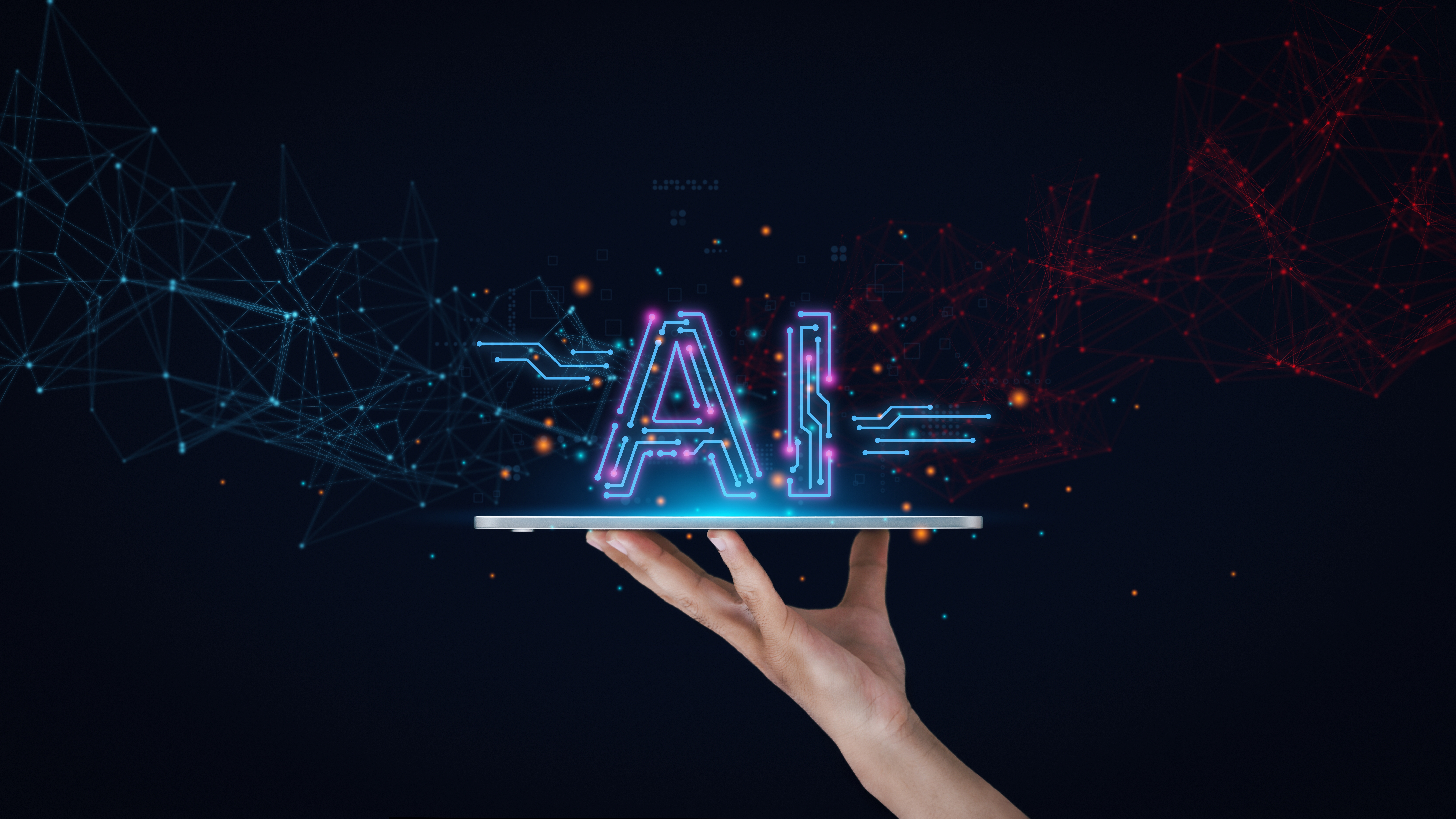For a work to be protected under the U.S. Copyright Act of 1976 (the Act), it must be an original work of authorship fixed in a tangible medium of expression. With that background, United States District Judge Beryl A. Howell recently ruled that art created solely by Artificial Intelligence (AI)—in that case, a program called “Creativity Machine”—is not subject to copyright protection. This is believed to be the first of its kind ruling.
In Thaler v. Perlmutter, the plaintiff and owner of the Creativity Machine applied for a copyright registration, seeking to protect a piece of art titled “A Recent Entrance to Paradise.” The plaintiff’s application stated that the artwork was “created autonomously by machine” and that his copyright claim was premised on his ownership of the Creativity Machine.
The Copyright Office denied Thaler’s application because the piece at issue “lack[ed] the human authorship necessary to support a copyright claim.” The Copyright Office further noted that copyright law only extends to works created by human beings. Judge Howell agreed.
It is the lack of human authorship that was central to Judge Howell’s decision. In ruling on summary judgment, she reiterated that courts have “uniformly declined to recognize copyright in works created absent any human involvement.” This decision tracks the March 2023 guidance issued by the U.S. Copyright Office concerning works containing material generated by AI, as well as the famous “monkey selfie” case where, a photograph taken by a monkey was denied copyright protection because of its lack of human authorship.
Questions Remain Concerning Copyright Protection of AI-Generated Works
Judge Howell’s decision, which is likely to be appealed by Thaler, concerns works created solely by machines. That determination does not definitively apply to all AI-generated creations. Specifically, Judge Howell stated, “Undoubtedly, we are approaching new frontiers in copyright as artists put AI in their toolbox to be used in the generation of new visual and other artistic works.” That being said, Judge Howell acknowledged that generative AI will “prompt challenging questions” regarding (1) the level of human input necessary to qualify for copyright protection and (2) the way in which originality of AI-generated works born of systems trained on existing copyrighted works will be assessed.
Takeaways
While the Thaler case was an easy one for Judge Howell to decide, these types of cases will certainly become much more challenging when registration is sought for AI-generated material that was created with significant human involvement. Of course, how much human involvement is necessary to move the needle from registrable to non-registerable remains to be seen.
This blog post is not offered, and should not be relied on, as legal advice. You should consult an attorney for advice in specific situations.

